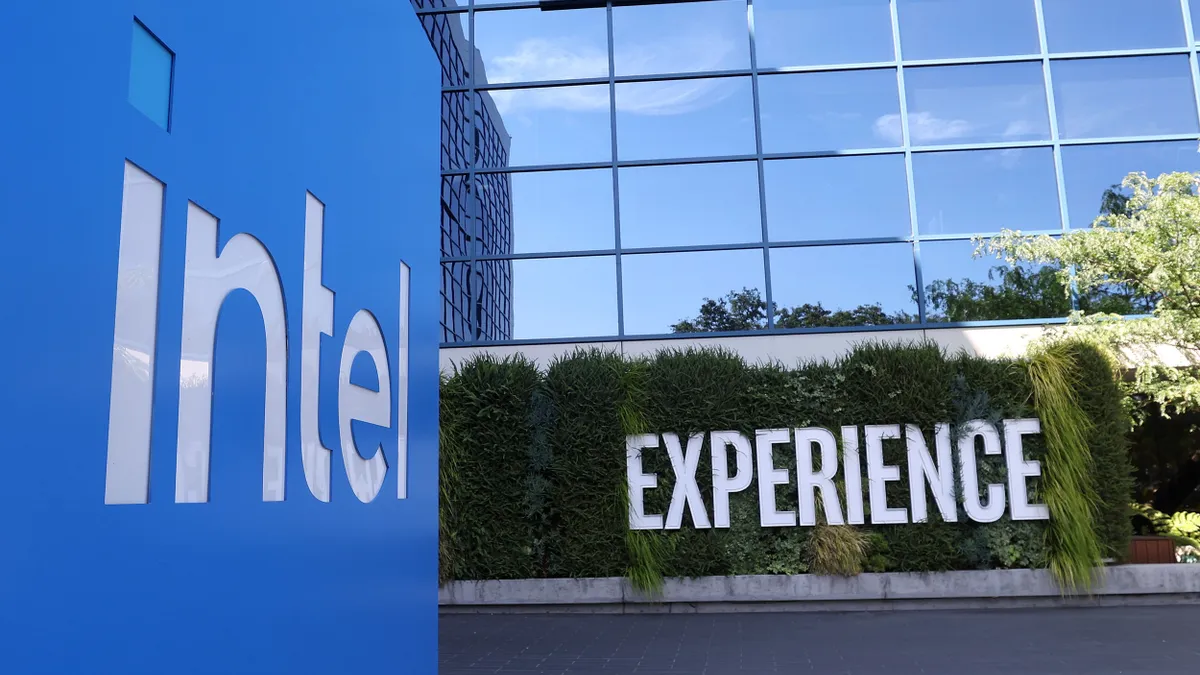Major League Baseball moved cautiously to modernize this year, implementing a timesaving, in-game pitch clock to improve the fan experience. But the Boston Red Sox went a few steps further, embarking on a digital transformation journey aimed at overhauling its cloud and data strategy.
As the season got underway in late March, the Red Sox technology team realigned the franchise’s hybrid cloud strategy, leveraging a partnership between IBM and cloud storage vendor Wasabi Technologies to enhance its growing tech ecosystem.
IBM’s hybrid cloud and Cloud Satellite edge computing architectures will provide the hardware integrations to stand up a dispersed, yet integrated, solution compatible with Google Cloud, which expanded its MLB strategic alliance in October. Wasabi partnered with IBM to handle offsite cloud data storage.
The edge computing component is similar to private cloud, Brian Shield, Boston Red Sox SVP and CTO, told CIO Dive.“We manage some data on-prem and we also have edge computing closer to the action.”
The solution keeps player analytics, video and data within easy reach of coaches and managers who need quick access to insights. Those assets are stored on the edge before they migrate to cloud, said Shield.
Some of the same analytics can be directed to fans via Wasabi and integrated with other data sources, which was a big selling point for Shield.
“You have to find partners who can scale but also provide connectivity to other products,” he said. “Our ability to connect other technologies means we don't have to understand 14 different data sources at an intimate level. That would start to exceed our ability to effectively resource it.”
The Wasabi-IBM partnership is designed to be a multivendor solution, David Boland, Wasabi’s VP of cloud strategy, said in an interview with CIO Dive.
The onsite IBM Cloud Satellite can run Red Hat OpenShift, IBM’s Edge Application Manager and similar tools and then offload data to Wasabi for storage and retrieval.
Edge compute capabilities extend to data sources, reducing the latency of public cloud without saddling the customer with servicing responsibilities, Briana Frank, VP of product and design for IBM Cloud, told CIO Dive.
“It's about bringing the cloud to where the data resides,” Frank said.
From baseball to business
Baseball may be notoriously idiosyncratic, with its mythic history, fan rituals, player superstitions and shifting team rivalries. But from an IT standpoint, running a franchise isn’t all that different from managing a commercial airline, financial company, hospitality chain or any number of other enterprises with a broad geographical footprint, big data needs, competing stakeholder demands and an appetite for flexible and resilient cloud capabilities.
“Like most major businesses, the cloud for sports franchises is the air we breathe,” Shield said. “It's everything to us in terms of how we operate, especially the many things that we do that are at scale.”
Shields points to the transformation of Fenway Park, the Red Sox’s 111-year-old facility, from a baseball field into a multi-venue destination.
“It's no longer just about going to a baseball game,” said Shield. “We’re now operating a very large-scale media environment.”
Fenway Sports Group, the team’s parent company, opened the 5,000-person MGM Music Hall at Fenway last year and is now developing two million square feet of commercial, residential and retail space on land surrounding the park, the company announced in March.
Shield’s job extends beyond the data needs of the team to the broader technology demands of running a nearly $10 billion entertainment and hospitality hub.
Tech upgrades are Shield’s most immediate concern. The cloud, edge computing and data storage enhancements target three primary pillars of the team’s IT estate:
- There are traditional business components, including front-office IT and ERP systems;
- Customer-facing assets that guide the fan experience;
- And baseball operations technologies that handle analytics and track team performance across several different ballparks.
“The team takes technology on the road with them, as well as accessing it through the cloud,” Shield said. “It’s a complex model when you add in more than 130 scouts around the globe trying to help us find the best prospects. There are a lot of moving parts and massive amounts of data.”
Controlling cost and access in a dynamic environment without creating silos and limiting insights is a common big data challenge. Most tech leaders struggle to establish observability and security across multicloud ecosystems, according to a Coleman Parks survey of CIOs commissioned by Dynatrace.
For the Red Sox, time pressure exacerbated an already difficult problem. As data storage ballooned, an on-prem storage model became unworkable, according to Shields, who has been with the team for just over a decade.
“There wasn’t a big enough window of time for us to process data coming in from more than 50 cameras pointing at players generating up to 1,000 frames a second,” Shield said. “We didn’t have enough time in the day to get everything done in order to support decision-making.”
From moneyball analytics to big data
Baseball was early to analytics but, like a lot of legacy enterprises, slow to cloud.
The stats-driven sport gravitated toward a data-centric player assessment approach dubbed sabermetrics by Bill James in the 1980s and adopted by the Oakland Athletics during a successful 2002 regular season run, as chronicled by Michael Lewis in his 2003 book “Moneyball.”
The approach spread around the league and to the Red Sox, who hired James in 2003.
Tradition-bound MLB franchises were not so quick to adopt cloud.
“I think sports in general was a little bit slow to fully migrate to the cloud,” said Shield, who encountered a mostly on-prem environment when he joined the team in 2013.
“Virtually 100% was on prem,” Shield said. “We explored a lot of data, we captured a lot of content, but it wasn't at the volume that we have today. It wasn’t big data.”
With the next evolution of the franchise’s transformation, Shield has to keep his head in the game while also looking beyond it. Like so many CTOs and CIOs, his role has expanded to touch nearly all facets of the business, from core IT to digital user experience.
“We're thinking about how we can better support the fan before the game, at the game, as well as leaving the game and getting home,” said Shield. “In time, we hope all the data we collect will allow us to not only understand fan behavior, but to create a better fan experience while helping to grow the business and drive a successful team.”
Doing all of that without the benefit of cloud, Shield said, would be virtually impossible.




















